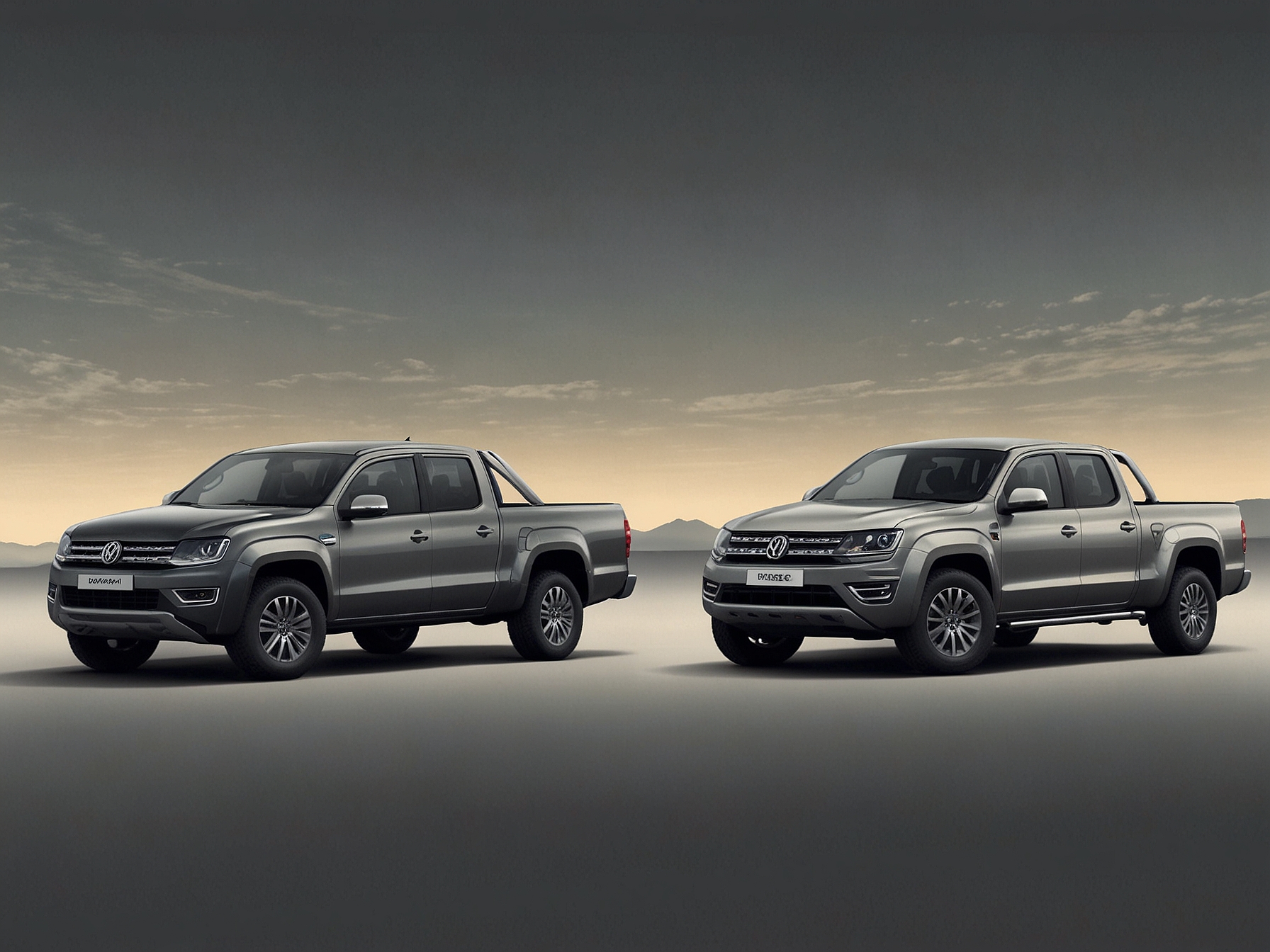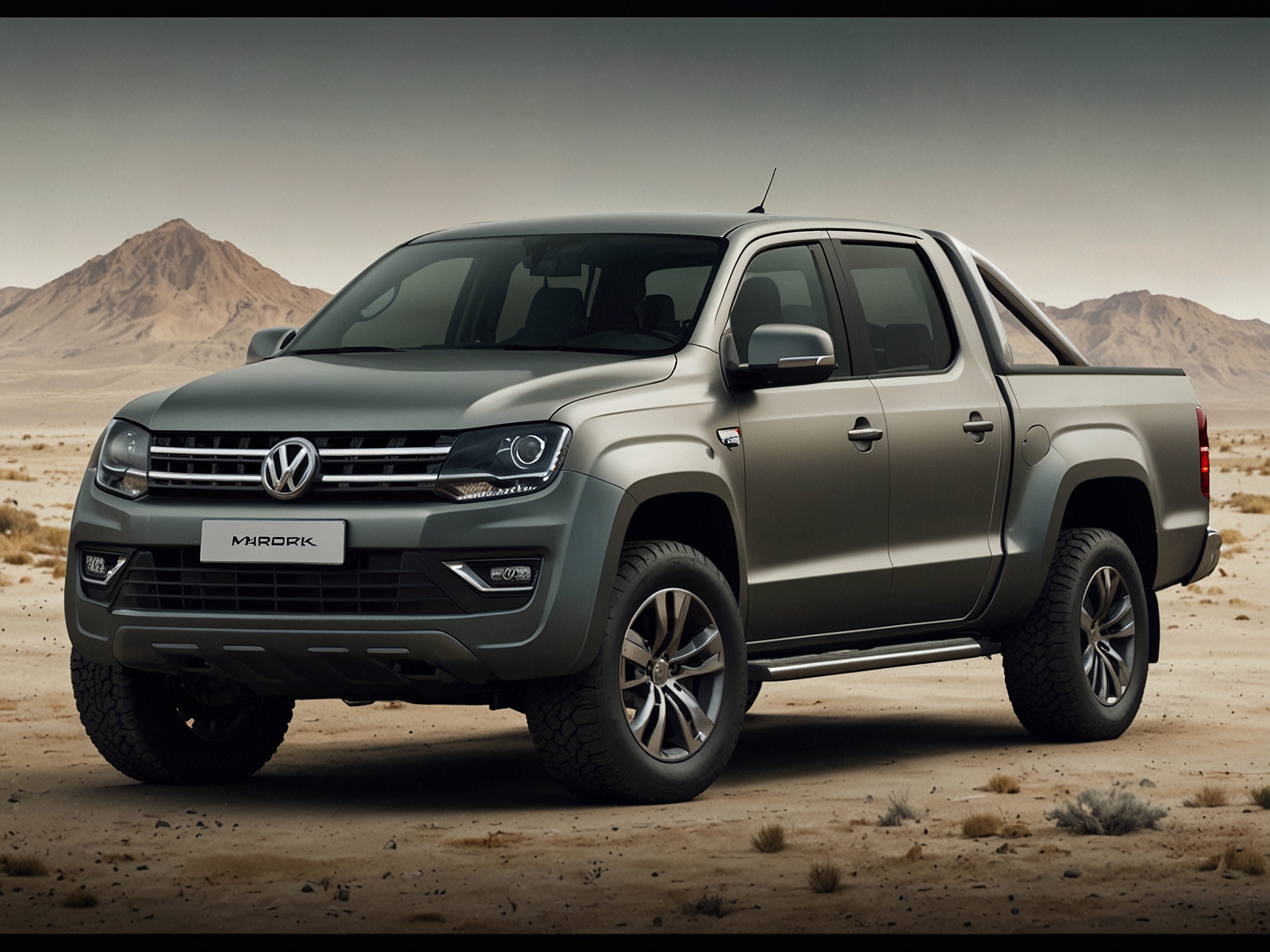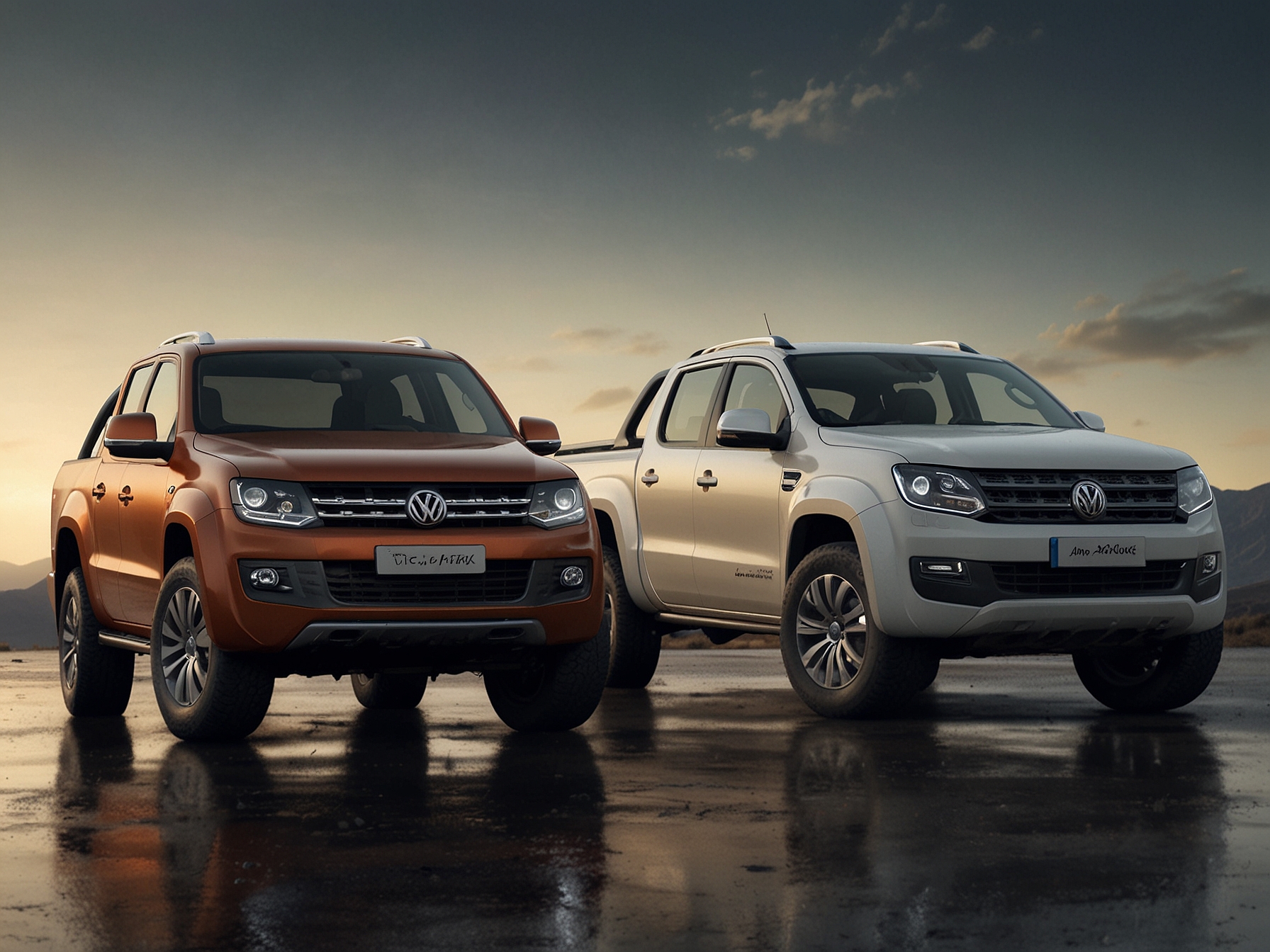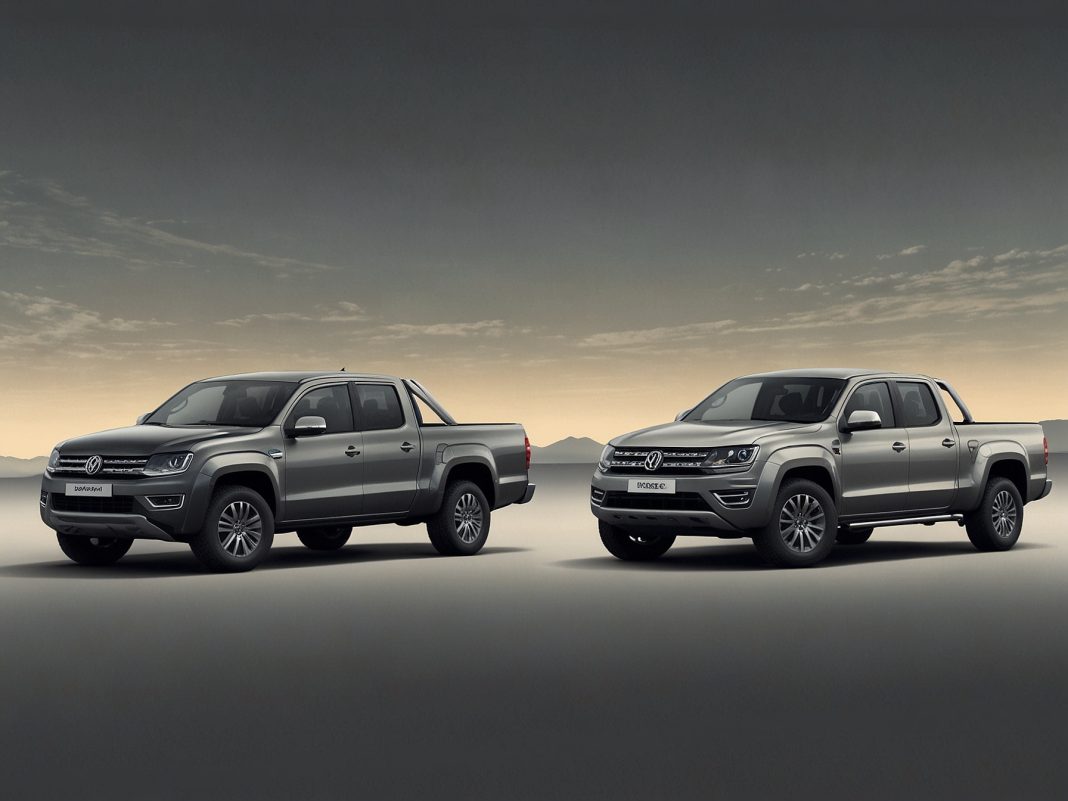The Amarok Leaves Mexico
After 14 years on the market, the Volkswagen Amarok is leaving Mexico. This has taken many by surprise. The decision comes as part of a shift in strategy by Volkswagen. Instead of upgrading the existing model, they will introduce a new global generation of the Amarok. This new version is based on the Ford Ranger platform.
The new Amarok will feature engines like the 2.0 turbodiesel and a 2.3 turbo gasoline variant. Isn’t it odd that Mexico, a significant player in the pickup market, is choosing to go in an entirely new direction? This change marks a dramatic shift in competition against brands like Chevrolet and Toyota.

Meanwhile, the original Amarok gets a facelift in other Latin American countries like Brazil and Argentina. So, why is Mexico making this drastic change, while others are sticking to the tried and true?
What Makes the New Amarok Stand Out
The new global Amarok aims to rejuvenate the market with fresh designs and features. It will roll out in various changes for different markets. Versions such as Life, Style, Panamericana, and Aventura target a diverse group of consumers.
Imagine stepping into a vehicle that measures 5.35 meters long. That’s a significant leap from the previous version. The focus is on modern technology and luxury. Features include a 12.3” digital instrument panel and a 12” vertical infotainment screen. Could this blend of functionality and style be exactly what consumers are looking for?

Additionally, the new Amarok includes advanced safety aids and luxurious amenities, like front seats with electric adjustments. How important are these modern touches to you? They all contribute to a superior driving experience—definitely worth the upgrade.
Engines That Pack a Punch
Under the hood, customers will discover multiple engine configurations. The base model offers a 2.0 TDI turbodiesel engine. It produces 170 horsepower and impressive torque levels. For those seeking more power, the 2.0 TDI biturbo cranks out 206 hp.
But let’s not forget the most thrilling option—the 2.3 turbo gasoline engine boasting 297 hp. With automatic transmissions featuring up to 10 speeds, driving options are plentiful. Are consumers ready for this powerhouse in the pickup segment?

Contrastingly, Brazil’s original Amarok will continue on for a while longer. Why? Disagreements between Volkswagen and Ford halted the plans for production in Argentina. This has created a divergence in the Latin American market.
A Competitive Market
What does this shift mean for the automotive landscape? As the Amarok leaves Mexico, competitors like the Chevrolet Colorado and Toyota Tacoma take center stage. These brands have loyal fans, and their product quality keeps them ahead.
The decision to bring the new Amarok to Mexico suggests a unique market strategy that might refresh Volkswagen’s image. It’s a gamble; will it pay off? Often, companies must pivot to secure their future. Maybe this strategy will resonate with buyers hungry for change.
For many, the decision seems bold. After all, the history of the Amarok was rich in Mexico. But changes in consumer demand are relentless. The question remains—how will this new generation of Amarok stand the test of time?
This automotive tale isn’t just about specifications. It’s about shifting consumer needs, market dynamics, and how brands must adapt. How intrigued are you to see how this play unfolds in the coming months?




